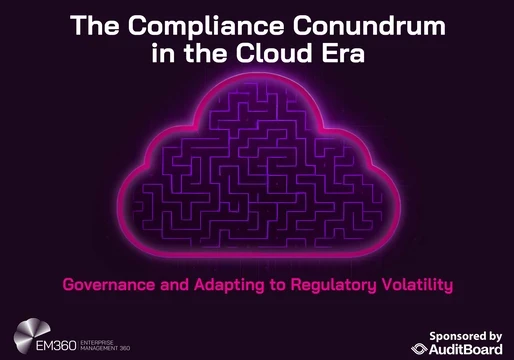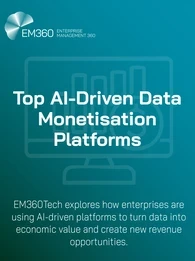
In the world of B2B operations, data is everywhere — scattered across spreadsheets, platforms, and communication tools. The result? Fragmentation, duplication, and missed opportunities for alignment.
Generect was created to solve this problem. By centralizing and structuring data, it aims to eliminate the friction caused by disconnected systems and siloed workflows. This article explores how Generect brings clarity to complex data environments, its vision for more connected business ecosystems, and what its approach signals for the future of data-driven decision-making in B2B and beyond.
What Generect Actually Does
Generect is a data provider and not an outreach platform. It doesn't send emails, initiate campaigns, or offer templates. Its job is to collect, cleanse, and deliver information about companies and decision-makers. And they do it in real time. Which means you are not getting old lists but live contacts: email, LinkedIn profiles, phone numbers, and Twitter handles — all you can use for further engagement.
The Power of Real-Time Enrichment
Because it is a system built for speed and accuracy, it offers enrichment — refreshing existing client databases. Upload your lists, and the system will add new information: new job titles, current emails, and company updates. This is especially useful for agencies with high volumes that can't accomplish it manually each time.
There are also plans for a trigger mechanism that automatically notifies you when an individual changes careers, posts a vacancy, or gets funded. Although this add-on is not yet present, it already sets the path of the platform — from a static database to a dynamic stream of events.
And here's what's already present:
- Search by ICP and hidden lists;
- Corporate domain validation;
- CRM integration through API;
- Immediate delivery of valid contacts.
By the way, the API is faster than the interface and offers more flexibility, especially for teams that are building their pipelines on automation.
Reasonable Pricing
Pricing is transparent and straightforward. You only pay for the outcome, not the search. This is especially important for agencies that work at scale and can't afford to be wasteful with overpaying for poor data.
This is how it works:
- Search — free;
- $0.03 — per valid email found;
- $0.02 — per exported contact.
So you only pay for what you actually use. And while that may not seem like much, when scaled to hundreds of thousands of contacts, it becomes totally critical.
Why Centralization Matters More Than Ever
With B2B leads, each fresh source of data is a blessing and a curse. LinkedIn gives you something, Crunchbase something else, and Clutch something else entirely. So in the end, you've got dozens of independent pieces to reconcile by hand, verify, and update. Not only is it long-winded — it's dangerous, as you could overlook a key contact, miss a job change, or waste budget on bad addresses, et al.
The software solves this problem at the infrastructure level. It doesn't just scrape data; it provides a single point of access where all of it — email to LinkedIn and Twitter — gets accumulated in one place. And the data isn't stagnant: it's updated in real-time, authenticated, and can be accessed via API or manually.
To get an idea of how much this matters, take a glance at a normal workflow without centralization and with one:
|
|
|
|
|
|
|
|
|
|
|
|
|
|
|
|
|
|
|
|
|
|
|
|
|
|
|
|
|
|
|
|
|
|
|
|
That is, a centralized platform is a way of condensing the path from search to contact, eliminating duplicates, reducing cost, and raising accuracy. Especially in groups where dozens handle the same leads, and a data error can lose a deal. So a centralized method isn't about "everything in one place"; it's about everything at the correct time, in the correct format, with the correct accuracy.
Although Generect already covers key channels like LinkedIn and email, upcoming integrations with Crunchbase, Clutch, SalesHint, and other sources are on the way. This isn’t just about expanding the database — it’s a step toward a truly complete picture, where every contact is not just a row in a spreadsheet but a living profile with context, history, and potential.
Who Will Benefit the Most from Generect?
The tool is most beneficial to:
- Agencies with many customers who need speedy approval;
- SaaS teams in need of speedy sales growth;
- Sales teams need to eliminate manual prospecting;
- Marketers are interested in learning who makes decisions at companies.
That is why the platform is already being employed alongside clients like Amazon, Google, and other giants, where every minute and every call counts.
Final Thoughts
Lastly, the process of getting from confusion to clarity is not a button but a process. This application does not do everything for you, but it gives you the power to make your own lead discovery, validation, and update system. And while some things are in development, the platform at the moment offers what many do not:
- Speed, with searches of seconds;
- Accuracy, with real-time email and phone validation;
- Flexibility, with an API that you can use to define your own custom pipelines;
- Scale, with 400 million contacts in the database.
That's why, if you're willing to get rid of all the time spent on useless lists and start working with live people, Generect is well worth a try. Give it a try and see what live data really is, with less noise.














Comments ( 0 )